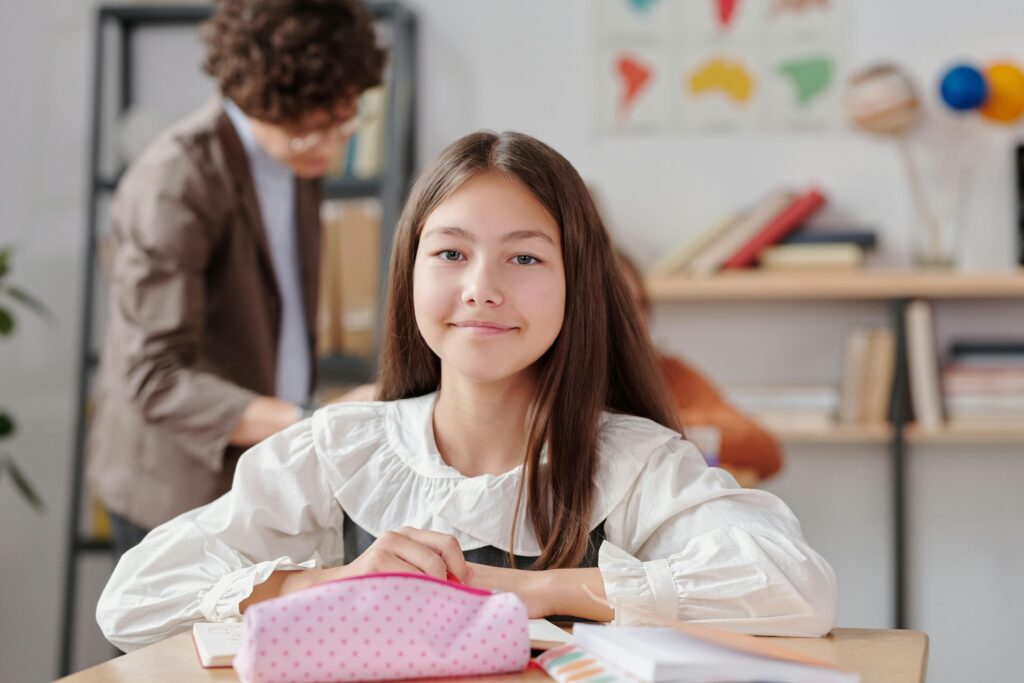“Every morning, she wakes to the same question: Will today be the day it ends?”
― Anthony Doerr, All The Light We Cannot See

Here are selected quotes from All the Light We Cannot See by Anthony Doerr, organized as a quotes bank with a focus on characterisation. Each quote highlights key moments, thoughts, or dialogue that reveal the inner lives, values, and transformations of the characters throughout the novel, helping to deepen understanding of their roles and development.
| Character | Quote |
|---|---|
| Daniel LeBlanc | “He is continually placing some unexpected thing into her hands: a lightbulb, a fossilized fish, a flamingo feather.” “He says he will never leave her, not in a million years.” “Each storm drain, park bench, and hydrant in the model has its counterpart in the real world.” “The locksmith brings back a shirtful of vegetables and fills a tin bucket at a spigot and eases shut the barn door and feeds his daughter in the dark.” [Chateau] “There has always been a sliver of panic in him, deeply buried, when it comes to his daughter: a fear that he is no good as a father, that he is doing everything wrong” “He made her the glowing hot centre of his life;he made her feel as if every step she took was important.” |
| Werner | “He imagines himself as a tall white-coated engineer striding into a laboratory” “How he wishes he had eyes to see the ultraviolet, eyes to see the infrared, eyes to see radio waves crowding the darkening sky” “What he loves most is building things, working with his hands, connecting his fingers to the engine of his mind.” “Takes the little shortwave radio…carries it into the alley behind the house and crushes it with a brick.” “Without hesitating, Werner steps to the edge of the platform and shuts his eyes and jumps.” “A thrill enters Werner’s chest. Firelit rooms lined with books – these are the places in which important things happen.” “I want to be an engineer. And you want to study birds. Be like that American painter in the swamps. Why else do any of this if not to become who we want to be?” “Werner heard the voice everyone was listening for, and what did he do? Lied. Committed treason.” “Werner knows, the Frenchman will broadcast again, and Werner will have to switch off the transceiver or else pretend that he hears only static.” “He is from some other world. He is Papa, Madame Manec, Etienne; he is everyone who has left her finally coming back.” |
| Jutta | “My brother is so quick at mathematics. He’s quicker than every one of his schoolmasters.” “It’s a criminal offence now to tune into a foreign broadcast.” “Jutta stares up, defiant. She looks as if she is being raked by some invisible arctic wind. ‘That’s what I’m listening to, Werner. Our airplanes are bombing Paris.” “Is it right…to do something only because everyone else is doing it?” “Jutta sends letters that the school censor blacks out almost completely. She asks questions that should not be asked.” |
| Etienne | “He sets her in his wheeled desk chair and pants as he whirls her in circles until she cannot laugh anymore for the pain of it.” “I have the whole world here, he says, and taps the cover of Darwin. And in my radios. Right at my fingertips.” “‘Marie Laure’, he says without hesitation, ‘You are the best thing that has ever come into my life’” |
| Frederick | “Frederick…moves about as if in the grip of a dream” “Frederick hardly ever thinks of himself” “Frederick pours the water onto the ground. ‘I will not’.” “He never cries out and never asks to leave, and this in particular seems to make the commandant quake with homicidal frustration. Frederick’s dreaminess, his otherness – it’s on him like a scent, and everyone can smell it.” |
| Madame Manec | “We’re the ones who make their world run.” “Madame Manec’s energy, Marie-Laure is learning, is extraordinary.” “‘Seventy-six years old,’ she whispers, ‘and I can still feel like this? Like a little girl with stars in my eyes?” “Don’t you want to be alive before you die?” “The frog cooks.” |
| Marie-Laure | “When I lost my sight, people said I was brave. When my father left, people said I was brave. But it is not bravery; I have no choice. I wake up and live my life. Don’t you do the same?” “To shut your eyes is to guess nothing of blindness.” “Every morning, she wakes to the same question: Will today be the day it ends?” “She thinks of the snails in the grotto. How they cling.” “Marie-Laure leans over the model city and runs her fingers along the houses and streets… she can see them with her hands.” |
| Frau Elena | “They’ll say that you’re too little, Werner, that you’re from nowhere, that you shouldn’t dream big. But I believe in you. I think you’ll do something great.” “Frau Elena: as close to a mother as he’ll ever have.” “Stay calm and they won’t shoot. I’ll make sure to go first, After that they’ll be gentler.” |








































